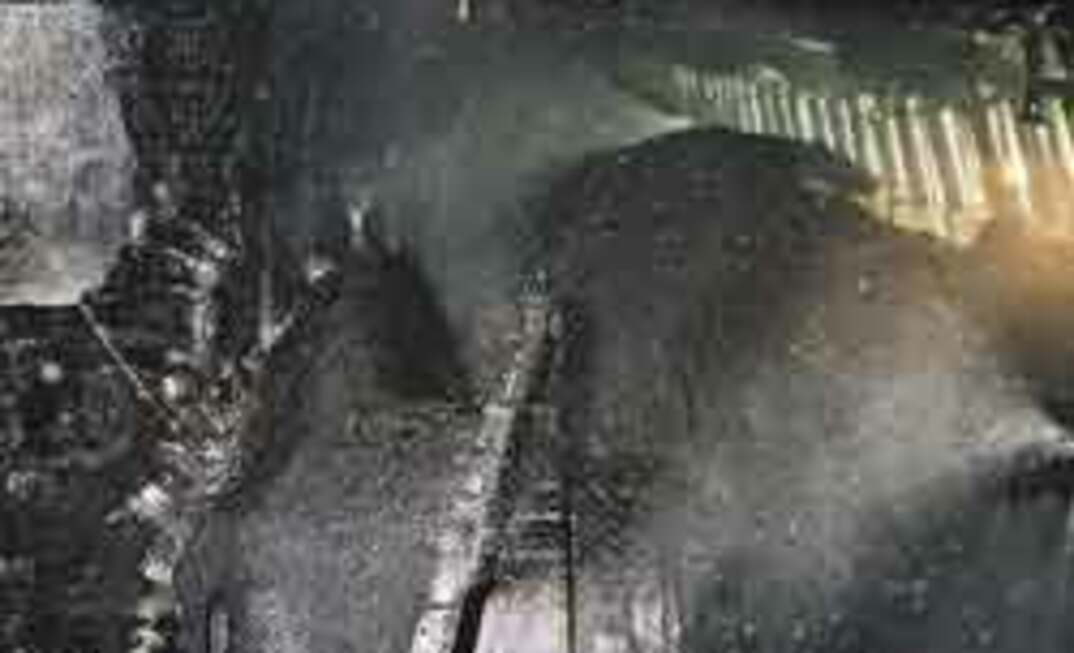I have been promoting the use of different cutting systems for many years, and I think at last there is a change in the industry, with a broader view of how to optimise face production.
I have been actively campaigning for the introduction of the Half Web for over 8 years and have successfully introduced the method several Australian mines and have trialled the system in many others. Up to five mines in Australia have been actively using the Half Web system in the last year, or nearly 20% of operating longwalls.
When longwall was introduced into Australia in the 1960s, options were limited, based on UK experience and not necessarily suited to Australian conditions, where extended tip to face distances were available.
Bi-Di has always been seen as the most productive of mining cycles, however Bi-Di needs a longer face to be more productive and with the introduction of high speed shearers and the environmental issues of dust, the system does not match up in many instances.
The conventional Uni-Di backward snake has now been superseded by the forward snake, for environmental and roof support reasons and more recently by the Half Web, a mixture of Bi-Di and Uni-Di forward snake, that can give production advantages in many cases.
A cutting cycle analysis will show the most effective method for a mine area. I specifically state ‘mine area’, as it is important that cutting cycles are reviewed regularly as mining conditions change. As seam height, geology, cleat orientation, hardness, etc. change, it is necessary to review the cutting sequence and system to optimise production.
Cutting systems, eg., Half Web, should be used as one ‘arrow in the quiver’, not the exclusive method. There is no need to continue to use the same system day in day out. To change from Uni-Di to Half Web takes little time and effort, however it is important that face crews have a good understanding of the systems in use, how to change from one to the other and when to change.
Each cutting system has its own effect on the face conditions and must therefore be used in the correct way for the environment of the time. The most productive method for face length, height, drum size and shearer speed should be adopted as the primary method in that area. As conditions change, so should the cutting system, to allow maximum roof support, with optimum production and simplicity.
Who should make the call to change? Who has the skills and confidence to ask other people to analyse their operation?
Just as an aside for a moment, it is proving difficult to find personnel to move into longwall coordinators roles. Location, career paths, working hours are all barriers to long term positions, and this is having a marked effect on longwall operation. Placing inexperienced personnel in a key position such as a longwall coordinator, can have significant effects on output and face management.
It is important for longwall production that the right person is attracted to the longwall coordinators role and this person should be encouraged to stay in the position long term. It is only with a knowledge of the equipment, face conditions and workforce that an optimum working system, and cutting cycle can be developed and if the position is short term, the ability or will to change the cutting system may not be there. If that luxury is not available, then it may be necessary to have an independent analysis made of the face.
Cutting cycle analysis is complex. Feeding figures into a computer program will generally come up with cycles being similar in time, within say 5%. So why do the actual cutting cycles prove to be so vastly different from the optimum? It is not unusual for the actual cycle to be 30% different from the optimum.
A cycle must be analysed at the coal face and over a number of different shifts and conditions. Only then do the true comparisons become apparent between calculated and actual cycles.
Each cutting system has its own benefits and, of course, detriments. Each cycle therefore must be used in the correct manner. Shearer speeds and snake positions, for example, may vary between cycles and loading on the shearer may prevent one cycle being optimised. Geological conditions play a major role on choosing the best cycle and then there are the pumps and hydraulic systems that suddenly become inadequate when a different cycle is used.
Which cycle is best for your mine? It is not an easy answer and the answer will be different on the next block, or even on the same block as conditions change.
Of course if you only have experience of one cutting cycle, then that is the one that you will use. But is that cycle the optimum one for the conditions?
In all forms of business we ask ourselves, what is the contingency plan? Do we have another solution? But how often do we ask ourselves what cutting cycle do I need to use on this block or this month?
It is time to broaden our outlook. Start asking these questions, and others, and be more proactive with managing the longwall face. If you have a shearer that can cut at 30 metres per minute, why is the system only cutting at 12 metres per minute? If you do not have an answer the question or know the reason but cannot see a solution that may deliver the answer, perhaps it is time to revisit the cutting cycle!

























